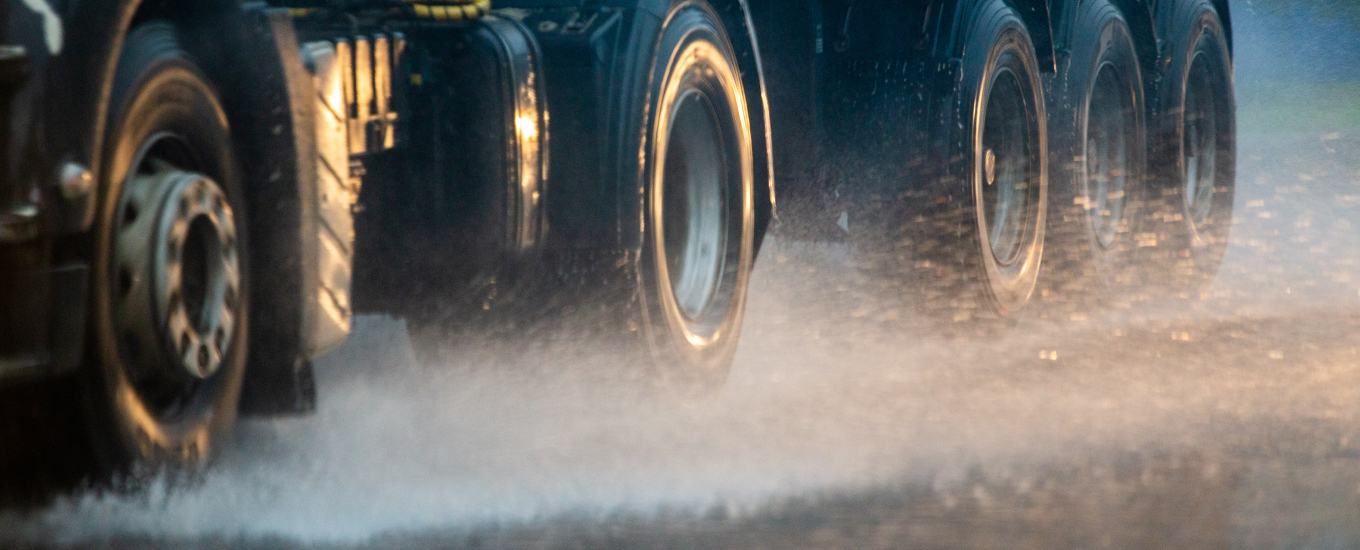
- Tyre-->
- Highlights-->
- Support-->
- About-->
- Contact-->
- Europe
-
Americas
- Asia & Oceania
- Africa


The first step is knowing what your tyre pressure should be. You can find out what your vehicle's tyre pressure should be by looking in your vehicle owner's manual or on the little sticker on the inside of your driver's side car door for the recommended PSI.
1) Purchase a certified air pressure gauge or take your vehicle to a nearby service center (or gas station) for a check-up.
2) Tyres must be checked in a “cold” state (at least three hours after driving).
3) Insert the gauge into the valve.
4) Compare the measured air pressure level with the level listed on the car door.
- In case of higher pressure than a recommendation, deflate your tyre to the recommended pressure.
- In case of lower pressure than a recommendation, inflate your tyre up to the recommended pressure.
Tread wear indicators, built into the main tread grooves, show the tread depth. A tyre must be changed as soon as it wears down to these indications. Tread depth remaining is then 1.6 mm, which corresponds to the legal minimum. Checking tyres for wear also involves getting them checked regularly, both inside and outside, by a tyre specialist.
Even wear on all tyres eliminates the need for tyre rotation. However, when irregular wear is detected, tyres must immediately be rotated. To prevent such uneven wear in advance, switching the location of tires is recommended every 7,500miles. In the case of snow tyres which use spike pins, care must be taken not to change the rotational direction of the tyres as the failure to do so may result in the loss of spikes.
Prevents irregular wear and extends tyre life.
Allows easy detection of irregular wear due to vehicle misalignment.
Enables easy repair of flat tyres.
A tyre is replaced.
A balance weight is moved or removed.
You purchase new tyres.
To balance a wheel, your mechanic uses a balancing machine to determine where the heavy spots are. Weights are then attached to the exterior or interior of the wheel to counteract centrifugal forces acting on the heavy areas when the wheel is turning. This will eliminate vertical bouncing and side-to-side wobble.
Driving on wet roads requires enhanced handling, braking, and drainage performance from your tyres. Understanding the risks of wet conditions and taking proper precautions can significantly improve your safety.

Wet road conditions can be as hazardous as snowy ones, with accident rates similarly high. Tyres may hydroplane, losing contact with the road and causing a momentary loss of control. Additionally, reduced grip on wet surfaces increases braking distances, highlighting the importance of driving carefully in the rain.
Worn tyres are less effective on wet roads, so it's crucial to check their condition regularly, especially before long trips. Reduce your speed before entering a turn and maintain a steady pace while turning. If you lose control in wet conditions, stay calm and avoid sudden braking or acceleration. Instead, ease off the accelerator and allow your tyres to regain traction, making gentle steering adjustments to regain control.
Eco driving is a smart strategy for adapting to the challenges of high fuel costs and promoting energy conservation, ensuring that every journey is more efficient and environmentally conscious.

Avoid rapid acceleration and sudden braking. Use cruise control when possible to maintain a consistent speed and improve fuel efficiency.
Turn off the engine when idling for extended periods to save fuel and reduce emissions.
Under-inflated tyres create more rolling resistance, lowering fuel efficiency. Check tyre pressure regularly for optimal performance.
Remove unnecessary weight from your vehicle, such as heavy items in the trunk, to improve fuel economy.
Avoid congested routes and traffic jams. Planning your trips to minimize stop-and-go driving will help save fuel and reduce your carbon footprint.


